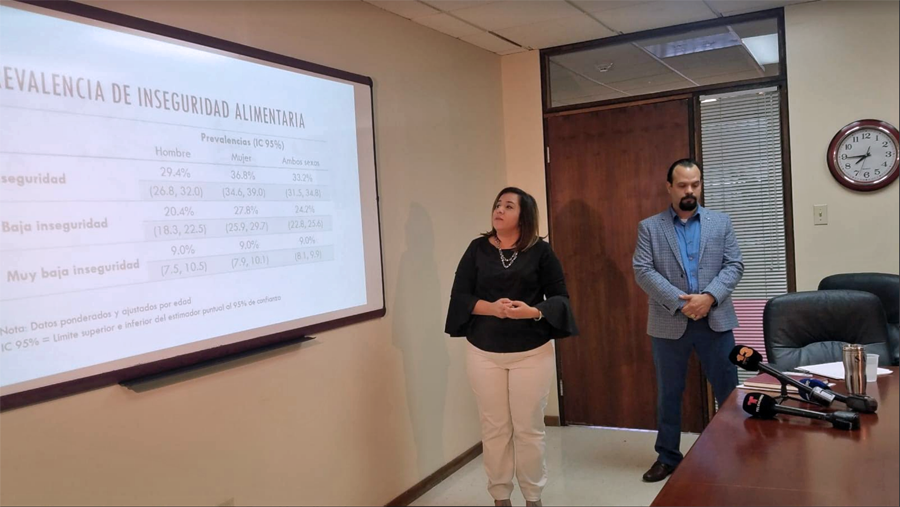Study: 33% of P.R.’s 18+ population faces ‘food insecurity’

About 33% of Puerto Rico’s population aged 18 and older are at risk of facing food insecurity, according to the findings of the Puerto Rico Food Security Survey released by the Puerto Rico Institute of Statistics.
Similarly, 21.7% of those interviewed said in the 12 months prior to the study, there were times when they had to eat less food or stop eating one of their daily meals for a lack of money. A quarter of these (25.8%) did so almost every month, the study showed.
“The large amount of food that is imported to Puerto Rico, among other things, makes the population more vulnerable to food insecurity,” said Orville M. Disdier, acting executive director of the Institute.
He said the reported 33% level of food insecurity in Puerto Rico is significantly higher than the U.S. mainland average of 13%.
“It’s important that the government take note and supports the Institute, so that we can continue conducting these types of studies and so that all of those strategies that are being implemented for food security in Puerto Rico can be measured scientifically and empirically, rather than opinions,” said Disdier in an interview during the “En Una Hora” radio show on 11Q 1140 AM, in which News is my Business participates.
The study also revealed, among other findings, that the region of Arecibo has the highest percentage of food insecurity with 40.6%, while the San Juan metro and Ponce areas were the regions with lower food insecurity with 31.8% and 31.4% respectively.
About 44.3% of food-insecure people perceived their health as fair or poor. This percentage was higher in women (47.6%) compared to men (38.7%.)
People diagnosed with a depressive disorder showed 2.7 times more likely to belong to the group with food insecurity, and had not been diagnosed with a depressive disorder, the study showed.
“One of the most revealing results is related to poverty and its impact on food insecurity. The study concluded that people with income of less than $25,000 are 3.3 times more likely to belong to the group with food insecurity, than people with an income of $ 25,000 or more,” said Myribel Santiago, the Institute’s project manager and lead author of study.
The study was done in collaboration with the Behavioral Risk Factor Surveillance, administered in Puerto Rico by the Department of Health.










I wonder how much it cost to ‘discover’ the obvious? The correlation between poverty and hunger is not only 3.3 times more likely among individuals with less than $25,000 per year in known income that those with higher known income! Does the study also indicate any in the group study died of starvation?
We are among those working to increase PR growth of domestic food supply. Just now our farm irrigation system is able thave power connected to the pumps. We plan to ultimately produce most of our own energy needs with God’s help via the Sun, not PREPA.
We will create many new jobs in the future PR, an island able to surive with less dependency on imported foods.